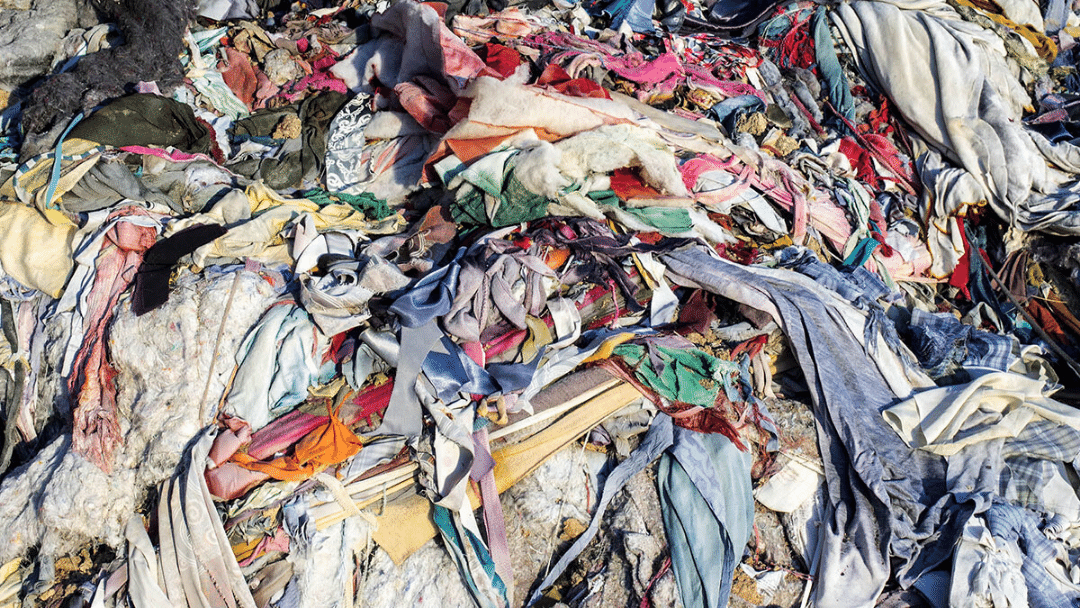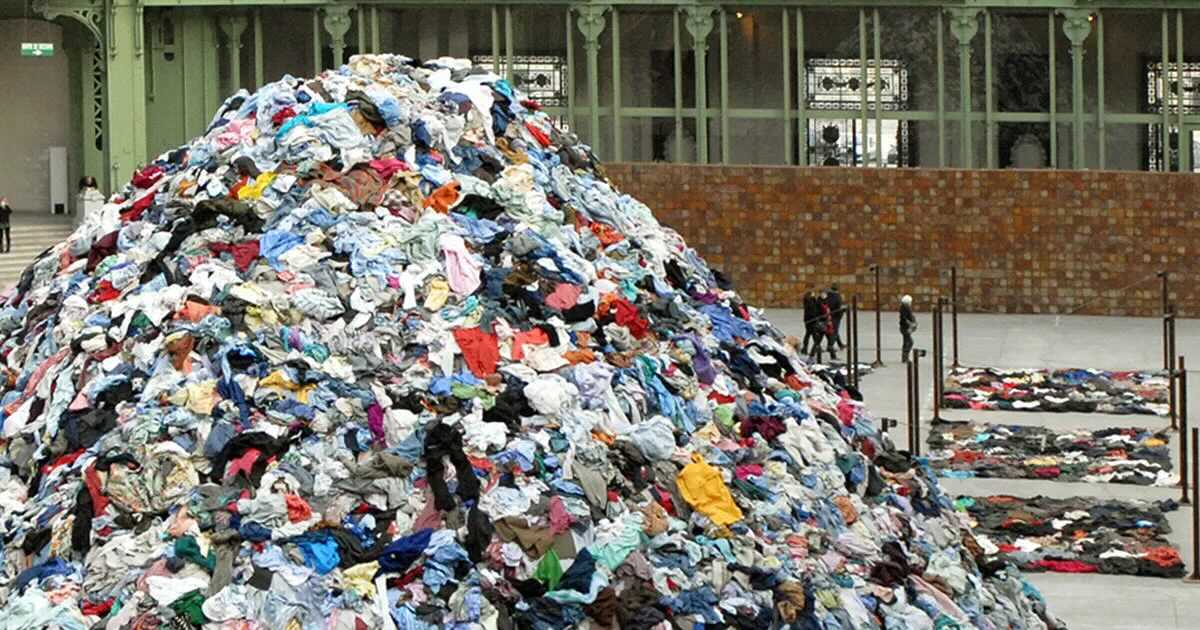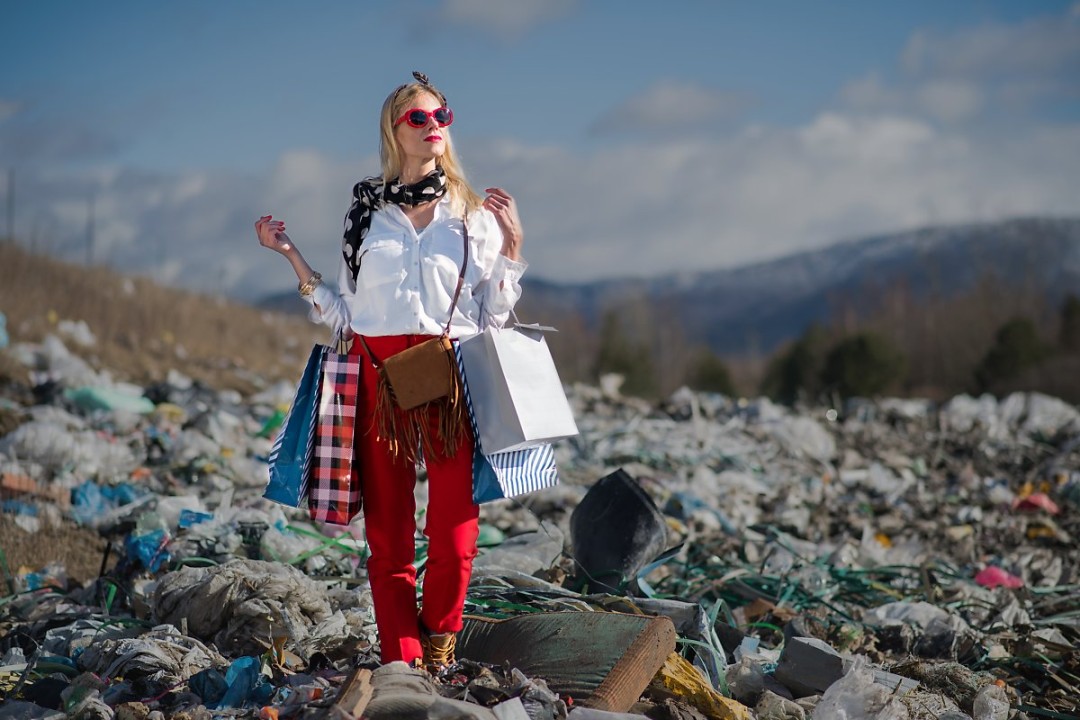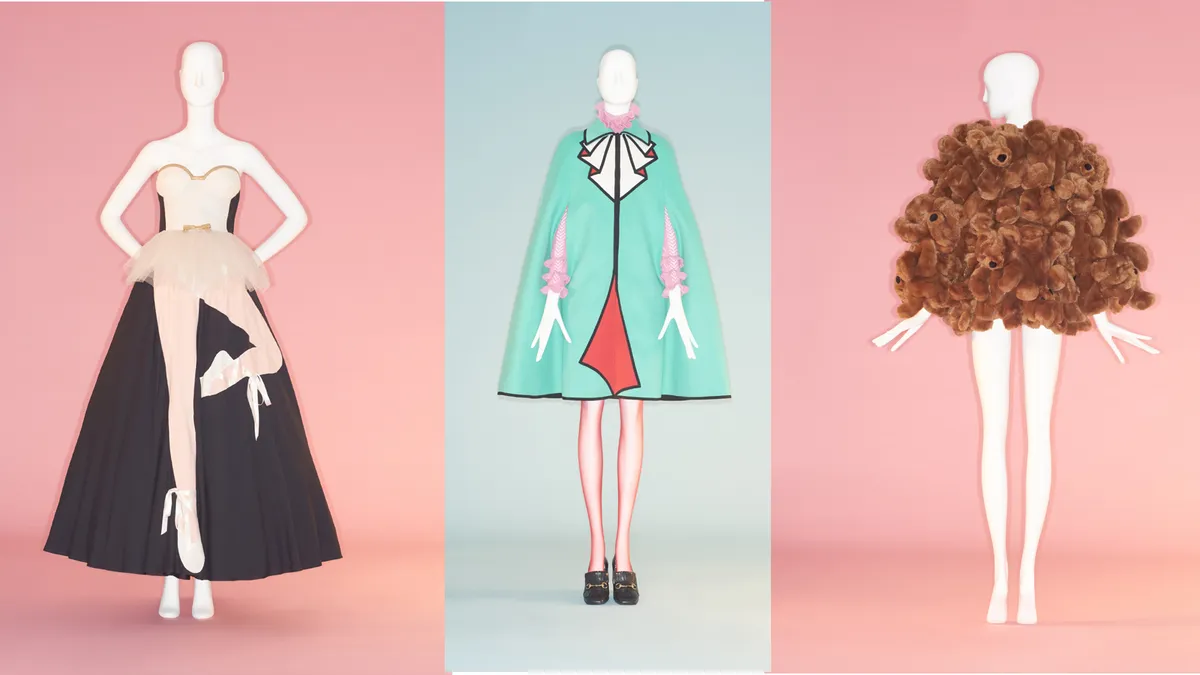In today’s fast-paced world, the fashion industry is evolving rapidly, and so are our shopping habits. Fast fashion has become a ubiquitous term, representing a trend that emphasizes quick turnovers of clothing collections to keep up with ever-changing styles. However, the allure of affordable, trendy garments comes at a high cost to the environment. In this article, we delve into the reasons why fast fashion is detrimental to the planet and explore the implications of our fashion choices on a global scale.
The Race Against Time: A Brief Overview of Fast Fashion
Fast fashion, driven by consumer demand for inexpensive and on-trend clothing, has revolutionized the industry. Brands produce large quantities of garments at lightning speed, often at the expense of ethical and sustainable practices. This race to meet consumer demands has far-reaching consequences that extend beyond the fashion runways.
The Environmental Toll of Fast Fashion
Landfills Overflowing with Textiles: A Grave Consequence
Fast fashion’s rapid production cycle contributes significantly to textile waste. According to the World Wear Project, the average American discards approximately 80 pounds of clothing each year, leading to overflowing landfills. The decomposition of synthetic fabrics releases harmful chemicals into the soil, exacerbating environmental degradation.
Water Scarcity and Pollution: The Hidden Cost of Textile Production
The textile industry is notorious for its heavy water consumption and pollution. The production of fabrics involves extensive water usage, often in regions already grappling with water scarcity. Additionally, the dyeing and finishing processes release toxic chemicals into water sources, harming aquatic ecosystems and endangering human health.

The Human Toll: Exploitation in the Name of Fashion
Unethical Labor Practices: A Stain on the Industry
Fast fashion‘s demand for cheap and quick production often leads to exploitative labor practices. Workers in developing countries, underpaid and subjected to harsh working conditions, bear the brunt of the industry’s race to the bottom. The pursuit of profit over human welfare tarnishes the fashion industry’s reputation and raises ethical concerns.
- Why is fast fashion bad for the environment? Fast fashion contributes to environmental degradation through excessive textile waste, water pollution, and overconsumption of resources. The industry’s emphasis on rapid production and disposal leads to adverse impacts on the planet.
- How does fast fashion contribute to textile waste? Fast fashion promotes a culture of disposable clothing, encouraging consumers to discard items quickly in pursuit of new trends. This results in vast amounts of textiles ending up in landfills, contributing to environmental pollution and resource depletion.
- Are there any sustainable alternatives to fast fashion? Yes, several sustainable alternatives exist, such as thrift shopping, investing in quality and timeless pieces, and supporting ethical and eco-friendly fashion brands. Choosing durable, timeless clothing reduces the demand for fast fashion and minimizes environmental impact.
- What role do consumers play in combating fast fashion? Consumers have the power to drive change by making conscious choices. Supporting sustainable and ethical brands, practicing mindful consumption, and advocating for transparency in the fashion industry can collectively contribute to a shift towards more responsible practices.
- How can the fashion industry transition to a more sustainable model? The fashion industry can transition to a more sustainable model by adopting ethical production practices, embracing circular fashion concepts (such as recycling and upcycling), and educating consumers about the environmental and social impacts of their choices.

Conclusion
In conclusion, the fast fashion phenomenon, while offering quick and affordable style fixes, exacts a heavy toll on the environment and exploits vulnerable communities. Understanding the environmental and ethical consequences of our fashion choices is crucial for fostering change. By opting for sustainable alternatives and supporting ethical practices, consumers can play a pivotal role in shaping a fashion industry that is both stylish and responsible. It’s time to rethink our approach to clothing and strive for a future where fashion doesn’t come at the expense of our planet and its people.











